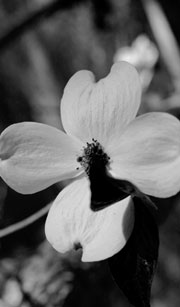 |
||
 |
||

 |
• HOME • GENERAL STORE • NATURAL HERITAGE • HISTORY, CULTURE & CRAFTSMANSHIP |
||||
|
Natural Heritage
• Mulberry (Morus sp.) |
|||||
| Mulberry Index • Jefferson Tree Trees & Shrubs Index • Oak • Hickory • Walnut • Catalpa • Loblolly Pine • Red cedar • Elderberry • Sumac • Sassafras • Persimmon • Osage-orange • Mulberry • Witch Hazel • Sarvisberry • Dogwood • Redbud • Crape Myrtle • Mimosa Natural Heritage Index • Fishing • Hunting • Camping • Conservation • Hills & Hollows • Rivers & Lakes • Springs • Caves • Rocks & Fossils • Trees & Shrubs • Plants & Herbs • Hill Critters • Flyin' Critters • Water Critters • Snakes & Such • Forgotten Critters |
|||
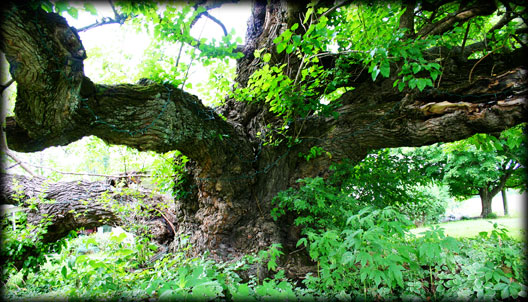
The year was 1743.
Thomas Jefferson was born in Shadwell, Virginia. And — it is believed — that same year, a mulberry seedling sprouted on an Ozark hilltop in Christian County, Missouri.
The tree survives to this day.
(Continued below)
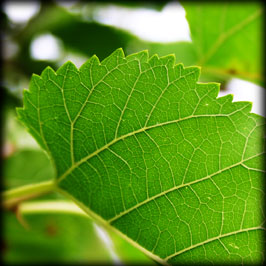
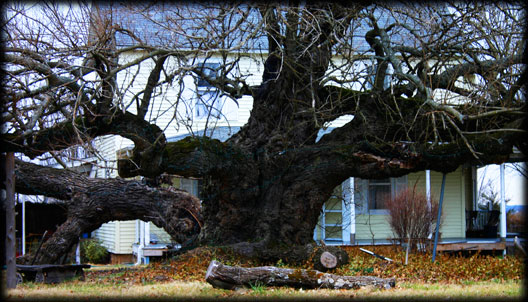
An eight-foot diameter trunk and 80-foot crown marks this Morus species.
Massive, gnarled trunks give way to limbs greater in circumference than that of many full-grown trees.
Easily one of the oldest trees in the United States, the mulberry resides in the front yard of Bob and Debbie Corbin.
“An 80 mile-per-hour straight wind broke part of it off,” notes Bob. “I call it the Jefferson Tree because of its age.”
A lengthy article from several years ago incorrectly marks the tree as a white mulberry. It's not hard to understand how the mistake was made.
Mulberry identification is hard.
Today, the tree species is roughly divided into three main groups, nigra (black), rubra (red) and alba (white).
All crossbreed easily, making identification difficult. Young trees today may demonstrate many different traits.
But a tree that dates back to before colonization?
Such a tree is a botanical snapshot, recording the exact type of species which grew in the Ozarks — and North America — prior to European influence.
Current thought says the tree must be a red mulberry, as that is the only type believed native to North America.
The Jefferson Tree, however, shares many traits associated with the black mulberry, including rounded, deep purple fruits and small, closely bunched leaves (plate 4).
Regardless of type, the Jefferson Tree represents a unique and priceless artifact in North America’s botanical heritage.
A living picture of the past.
_______
Jefferson Tree photo plates
All photo credits: J. Heston. SOTO © Archive 02/17/09, 04/08/09, rural Christian County, Missouri
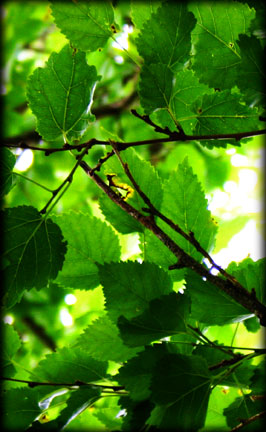

Size: 20-30 feet tall; leaves 3 to 5-inch long.
What to look for: leaves oval, mitten-shaped, or 3-lobed, coarsely toothed, hairy below; fruits dark red to purple.
Habitat: bottomlands and gentle slopes in rich, moist soil.
— page 301, Wernett, Susan J., et al. North American Wildlife. The Reader's Digest Association, Inc., 1986.
_______